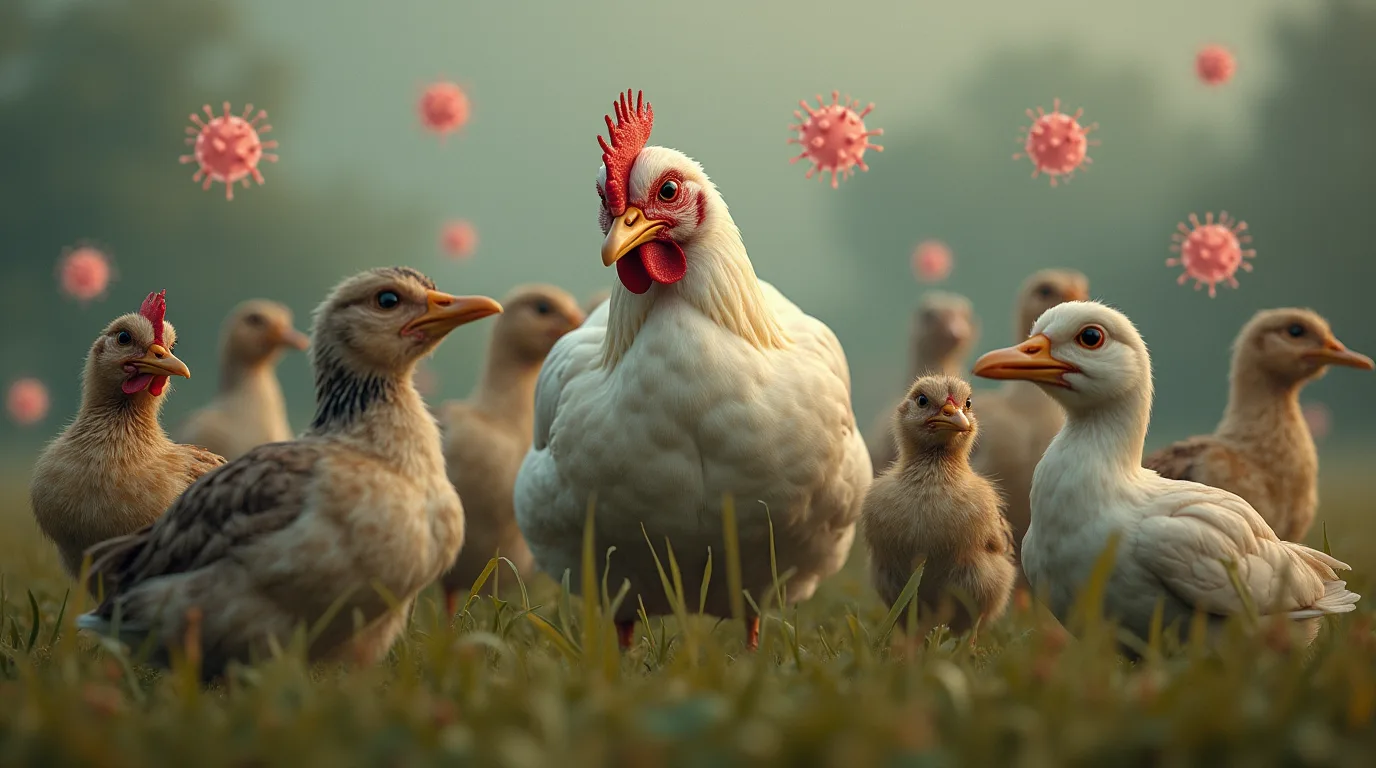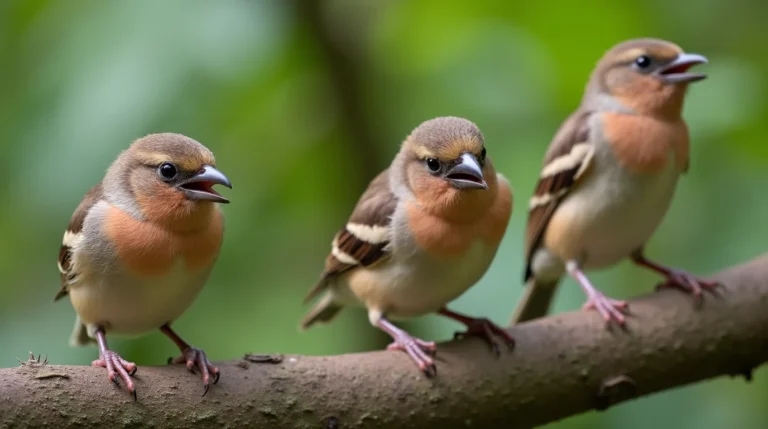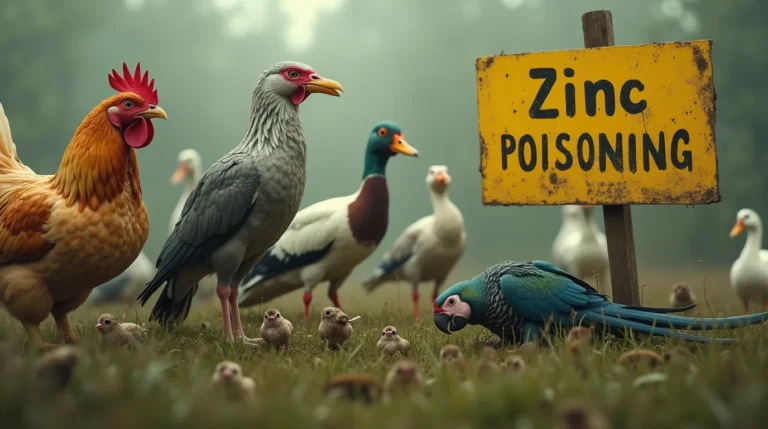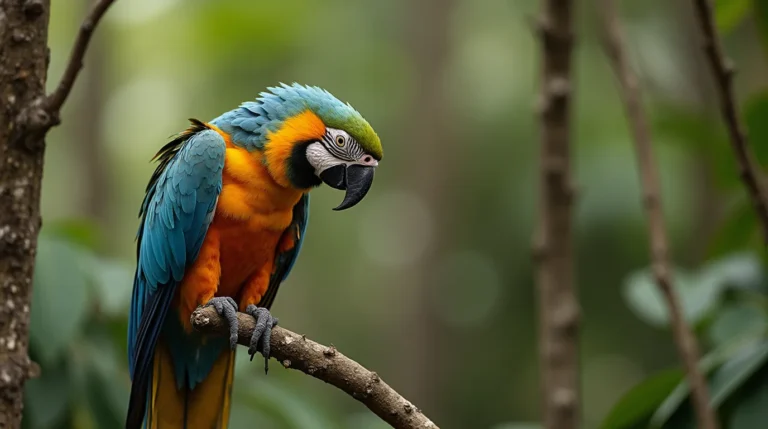Protect your feathered friends from avian influenza in Birds , with our comprehensive guide. Learn 6 critical steps to prevent outbreaks and safeguard bird health.
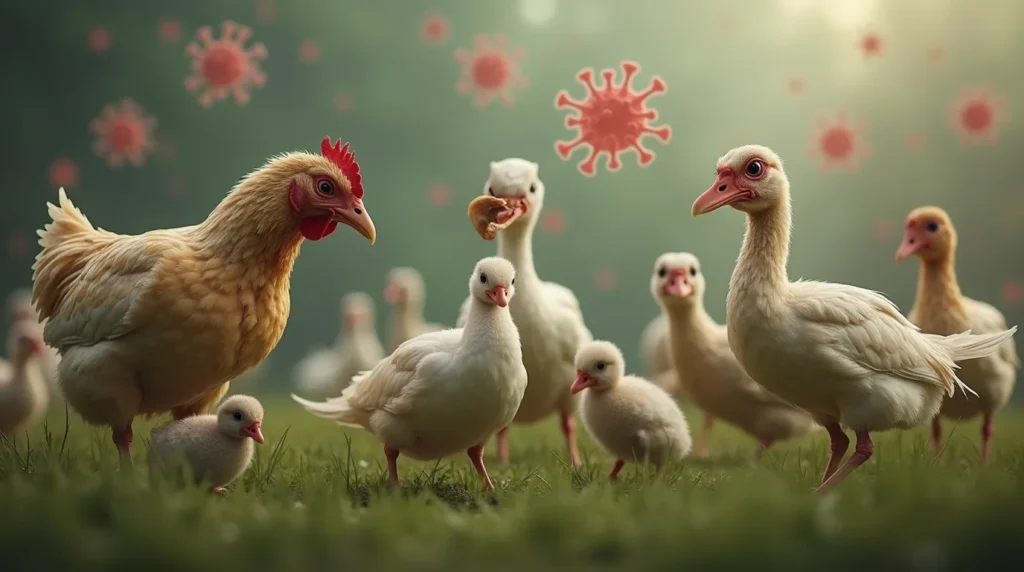
Table of Contents
Avian influenza, commonly known as bird flu, poses a significant threat to bird populations worldwide. Whether you’re a backyard chicken keeper, a professional poultry farmer, or a bird enthusiast, understanding and preventing avian influenza is crucial for maintaining the health and safety of our feathered companions. This comprehensive guide will walk you through six essential steps to protect birds from this potentially devastating disease.
Understanding Avian Influenza
What is Avian Influenza?
Avian influenza in Birds is a highly contagious viral infection that primarily affects birds but can occasionally spread to other animals and humans. The virus comes in two primary forms:
- Low Pathogenic Avian Influenza (LPAI)
- Mild symptoms
- Lower mortality rates
- Can mutate into more dangerous strains
- Highly Pathogenic Avian Influenza (HPAI)
- Severe symptoms
- High mortality rates
- Rapid transmission potential
6 Critical Steps to Prevent Avian Influenza Outbreaks
Step 1: Implement Strict Biosecurity Measures
Biosecurity Fundamentals
- Limit visitor access to bird habitats
- Establish dedicated clothing and footwear for bird areas
- Use disinfection stations at entry points
Biosecurity Checklist:
| Action | Frequency | Purpose |
| Disinfect shoes | Before/after bird area entry | Prevent pathogen transmission |
| Clean equipment | Daily | Reduce contamination risk |
| Quarantine new birds | 30 days | Prevent potential infection spread |
Step 2: Maintain Optimal Living Conditions
Environmental Management
- Ensure proper ventilation
- Control moisture levels
- Minimize stress factors
- Regularly clean and sanitize living spaces
Key Environmental Considerations:
- Humidity: 50-70%
- Temperature: Species-specific optimal ranges
- Spacing: Prevent overcrowding
- Cleanliness: Daily waste removal
Step 3: Implement Comprehensive Vaccination Strategies
Vaccination Protocols
- Consult veterinary professionals
- Use region-specific vaccines
- Maintain accurate vaccination records
Vaccination Recommendations:
- Annual influenza vaccines
- Booster shots as recommended
- Tailored to specific bird species and regional risks
Step 4: Monitor Bird Health Vigilantly
Health Monitoring Techniques
- Daily health inspections
- Track weight and behavior changes
- Maintain detailed health logs
Warning Signs of Avian Influenza:
- Sudden decrease in egg production
- Respiratory distress
- Swelling around head and neck
- Reduced feed and water consumption
- Unusual lethargy
Step 5: Control Wild Bird Interactions
Preventing Wild Bird Contact
- Use covered enclosures
- Install bird netting
- Remove standing water
- Minimize outdoor feed exposure
Wild Bird Interaction Prevention:
- Secure feed storage
- Use enclosed feeding areas
- Regular property perimeter maintenance
- Discourage wild bird congregation
Step 6: Develop an Emergency Response Plan
Comprehensive Outbreak Management
- Create detailed communication protocols
- Establish isolation procedures
- Prepare for potential veterinary interventions
Emergency Plan Components:
- Immediate isolation procedures
- Veterinary contact information
- Local health authority notifications
- Diagnostic testing resources
- Potential culling protocols
Recommended Pet Products on Amazon
- Poultry Disinfection Spray
- Bird Health Monitoring Thermometer
- Protective Bird Enclosure Netting
- Advanced Avian Vaccination Kit
Avian Influenza in Birds (FAQ)
Q1: How quickly can avian influenza spread? A: Avian influenza can spread rapidly, potentially infecting an entire flock within 48-72 hours.
Q2: Can humans contract avian influenza? A: While rare, certain strains can transmit to humans, emphasizing the importance of prevention.
Q3: Are backyard chickens at higher risk? A: Backyard flocks can be vulnerable without proper biosecurity measures.
Q4: How often should I vaccinate my birds? A: Consult with a veterinarian for species-specific vaccination schedules.
Q5: What is the mortality rate of avian influenza? A: HPAI can have mortality rates exceeding 90% in some bird populations.
Conclusion
Preventing avian influenza requires a multifaceted approach combining vigilance, knowledge, and proactive management. By implementing these six critical steps, you can significantly reduce the risk of an outbreak and protect your feathered friends.
Share Your Experience! Have you dealt with avian influenza prevention? We’d love to hear your insights and strategies in the comments below.
Additional Resources
For more expert pet care tips and comprehensive guides, visit BlithePet
Disclaimer: This guide is for informational purposes. Always consult veterinary professionals for specific health recommendations.

